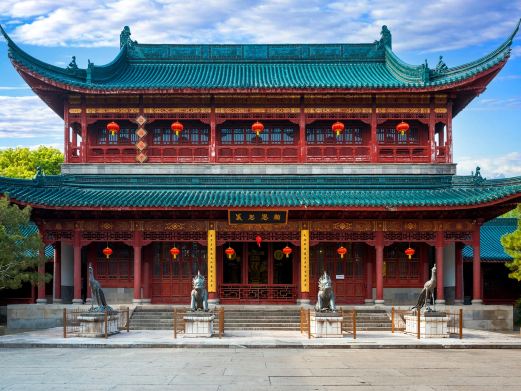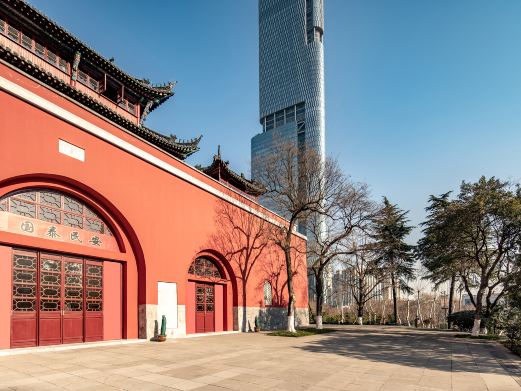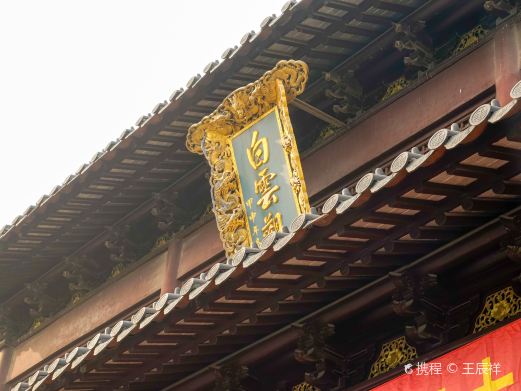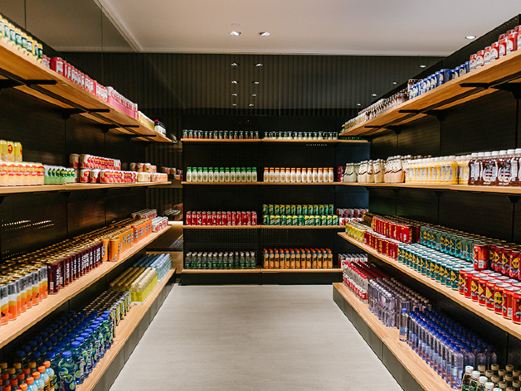Originally named ‘Shiquan’ due to the presence of ten wells during the Song Dynasty, it was later renamed to commemorate Emperor Qianlong, hence ‘Shiquan’. The street has preserved its traditional layout of ‘water and land parallel, river and street adjacent, two roads and one river’, along with the ambiance of a water town.
Here, the imprints of ancient history are ubiquitous: ancient trees and famous gardens such as the Master of Nets Garden, Canglang Pavilion, Nan Garden, and the Weaving Bureau, as well as the former residences of notable figures like Li Genyuan and Feng Menglong. Additionally, there are 14 quaint bridges including Wuque Bridge, Daicheng Bridge, Brick Bridge, and Dishi Bridge, showcasing the rich historical and cultural heritage of Shiquan Street.

Today, Shiquan Street has become a renowned street for dining and crafts, both domestically and internationally. At a glance, behind the buildings styled after the Ming and Qing dynasties, a variety of restaurants and craft shops open one after another, each with its own unique features. There are restaurants specializing in fish head soup, tea and wine buildings that integrate Wu culture with dining, and a variety of flavors from all directions, including Shancheng hot pot, Japanese cuisine, Korean cuisine, barbecue, Guangdong cuisine, and Huaiyang delicacies, with a complete range of culinary schools.

Craft shops on Shiquan Street display their specialties, including stores selling Suzhou embroidery art, ceramic antiques, calligraphy, and paintings. Here, you can find purple sand, pottery, silk, calligraphy and painting, goldstone, jade, and small pieces of redwood. The opening hours and specific business status are subject to the actual situation on the day.









